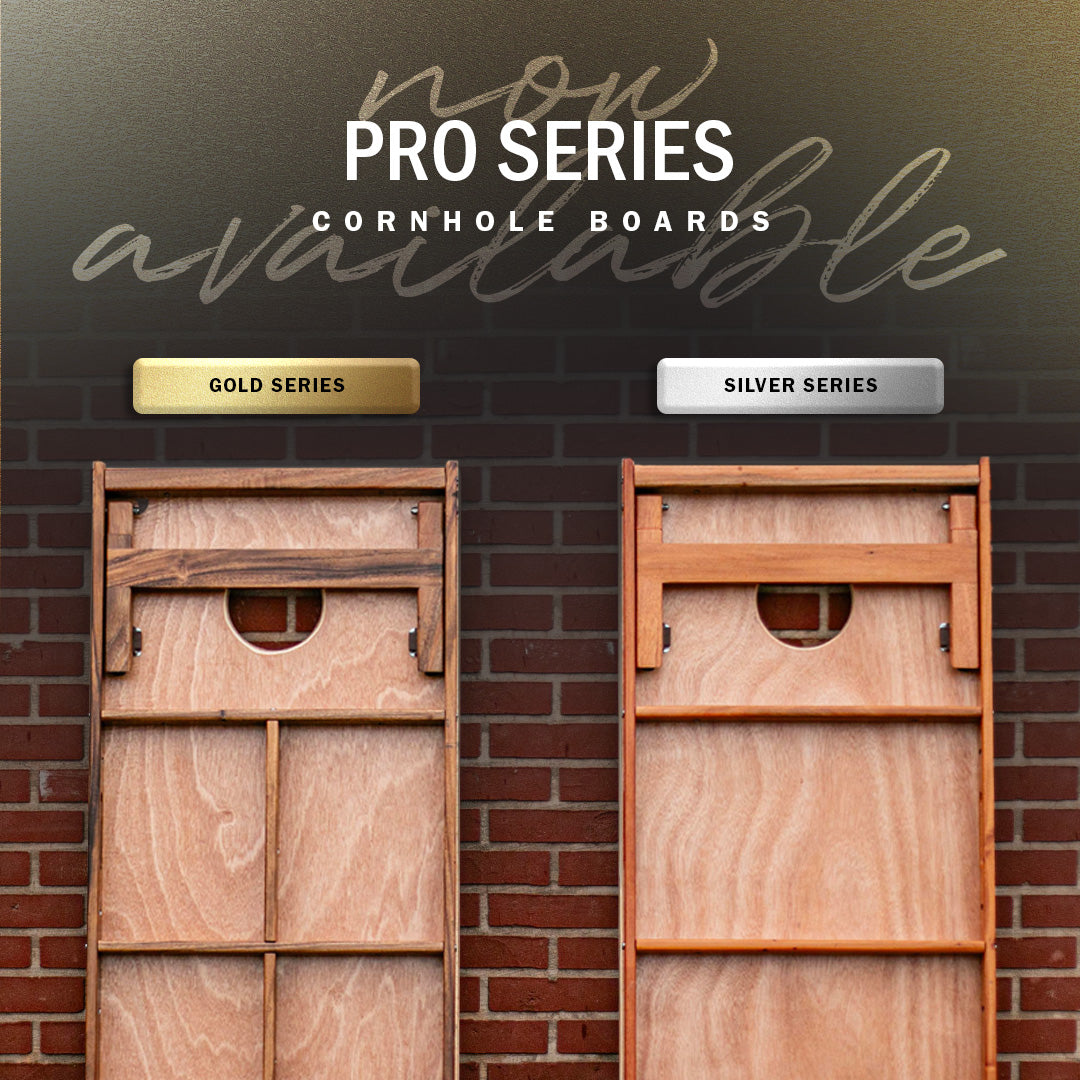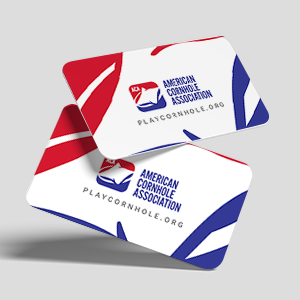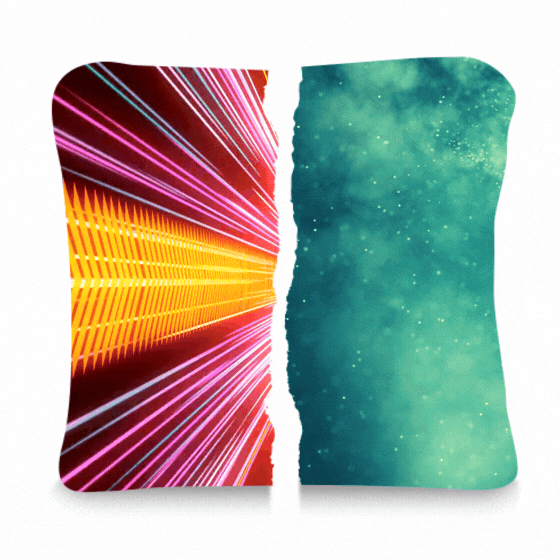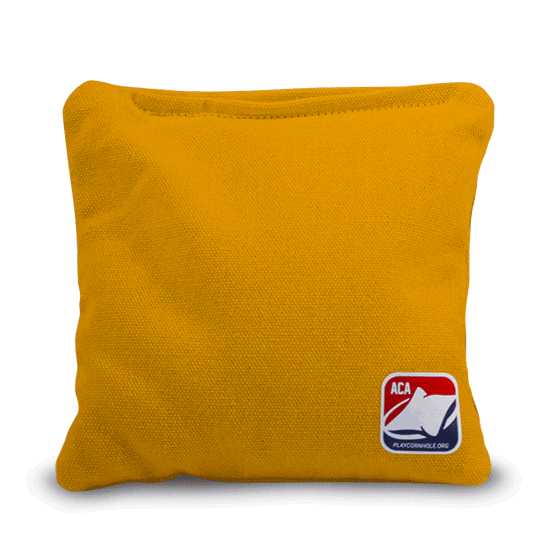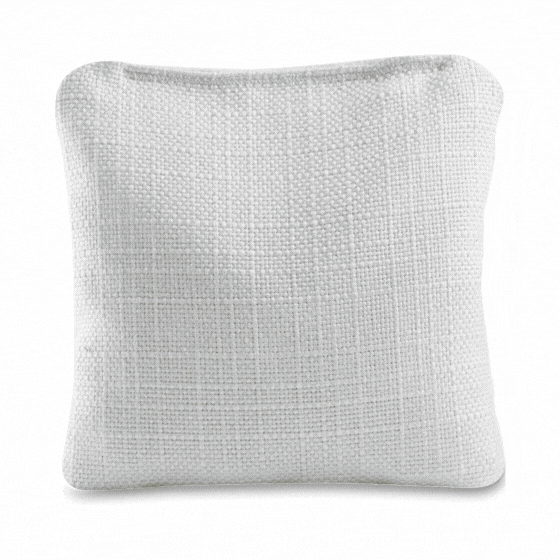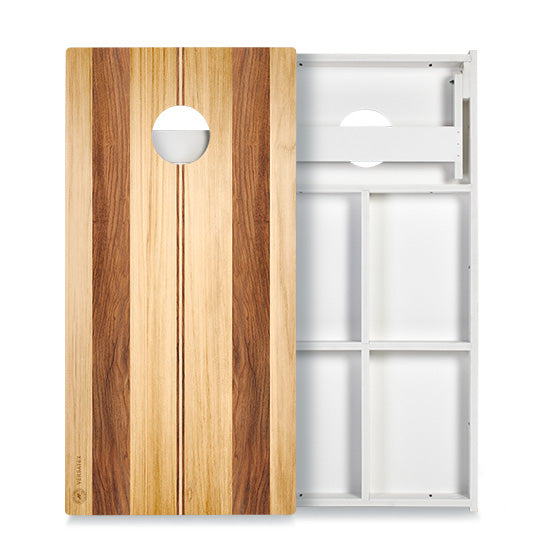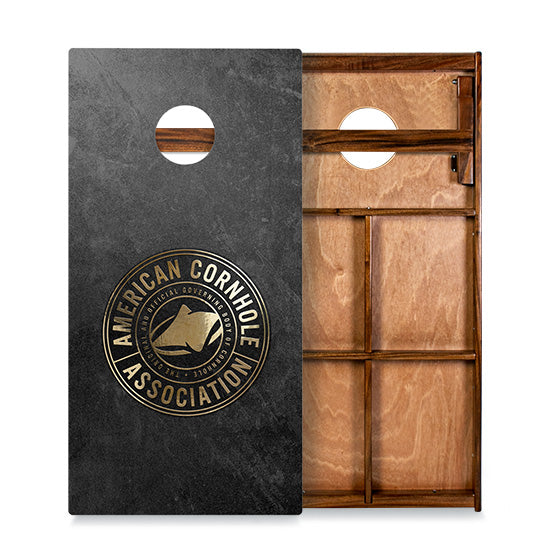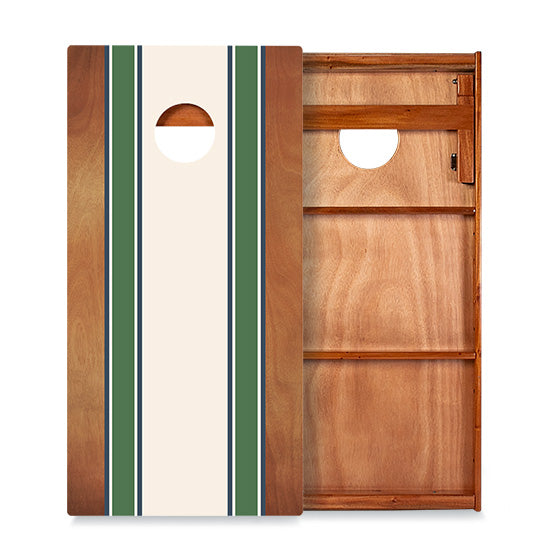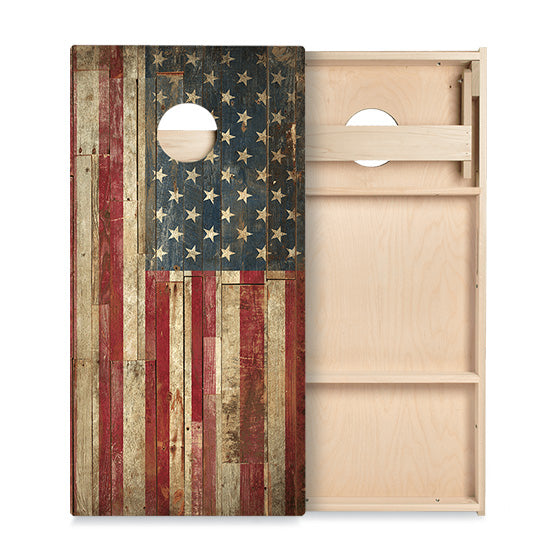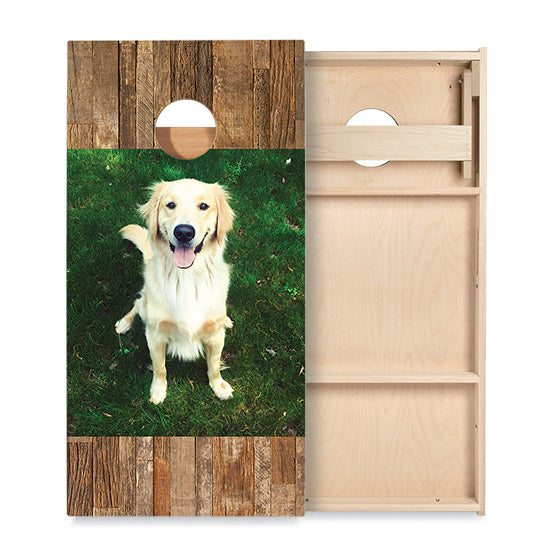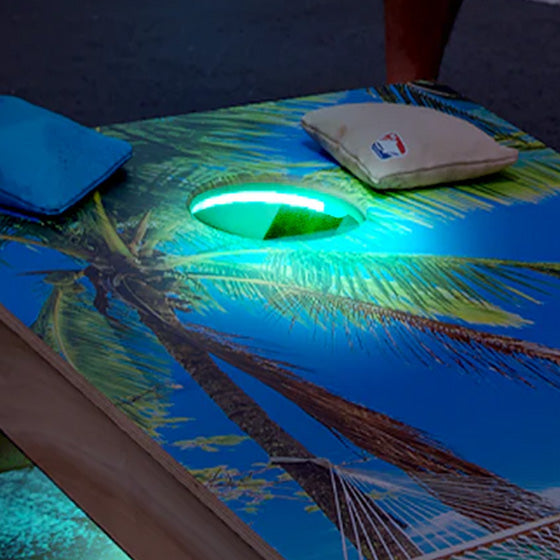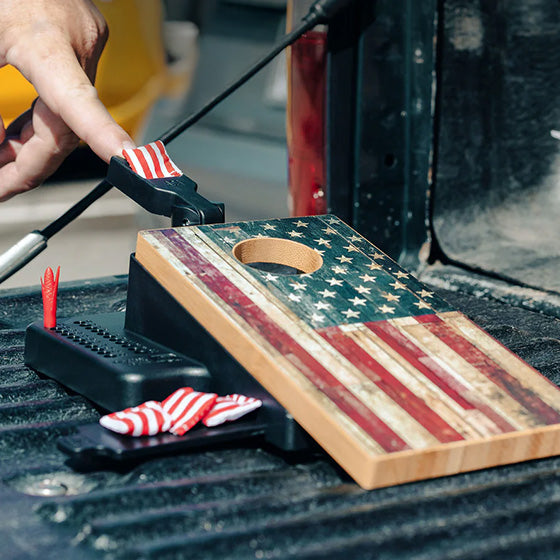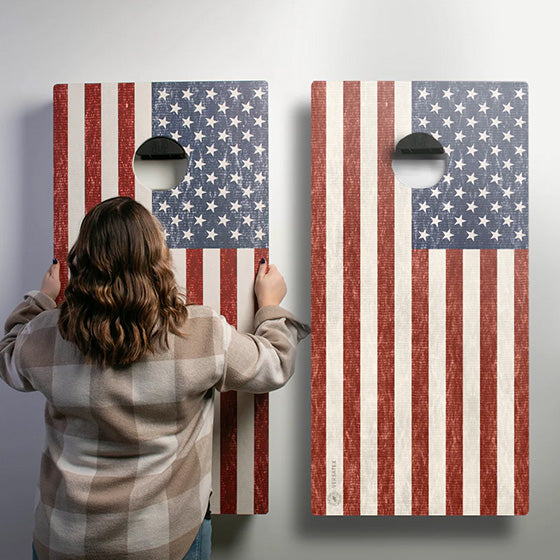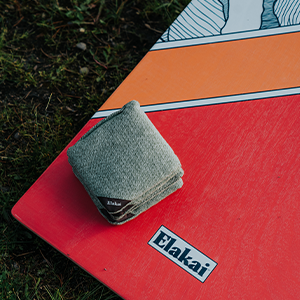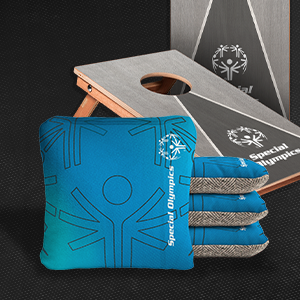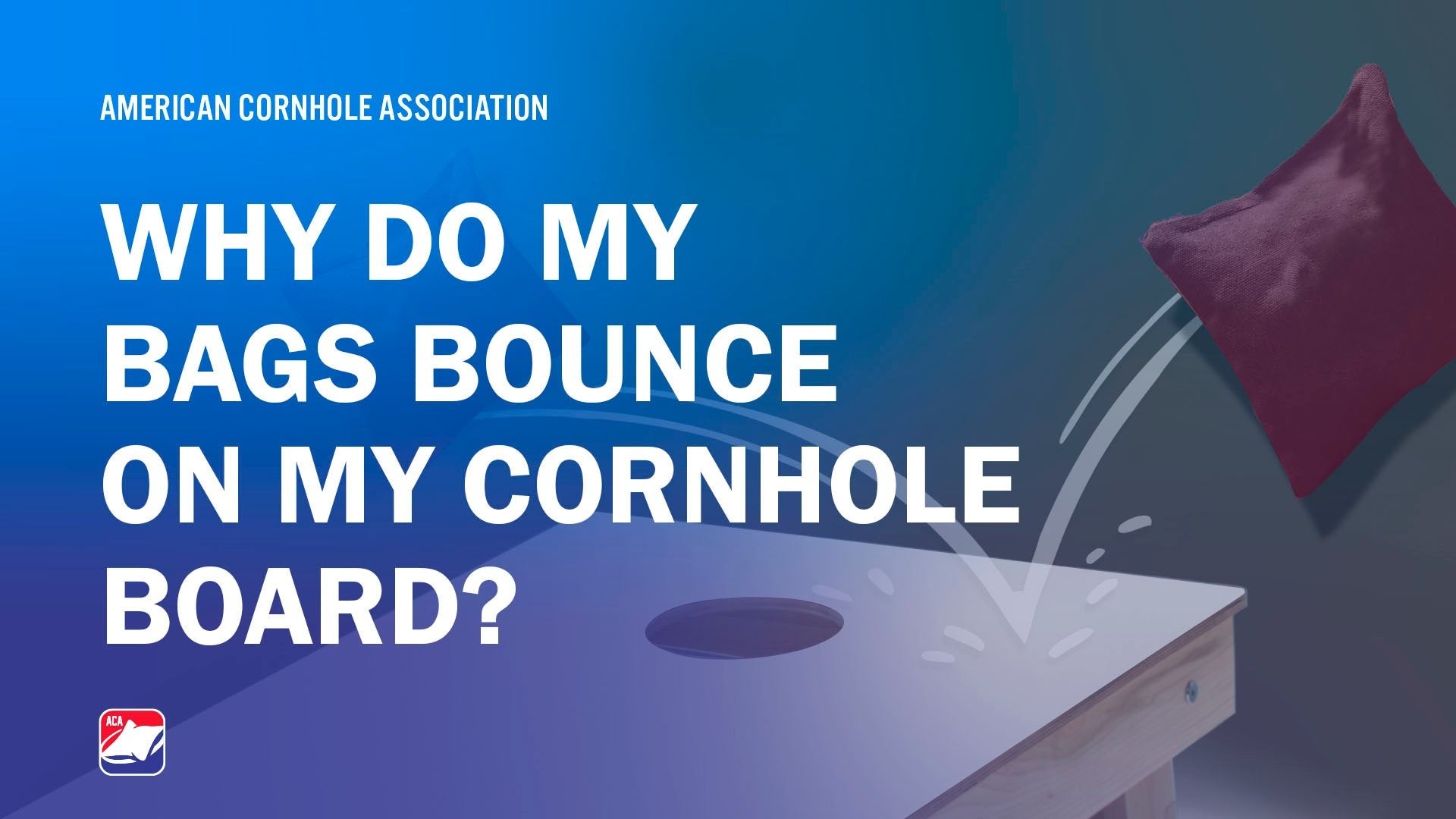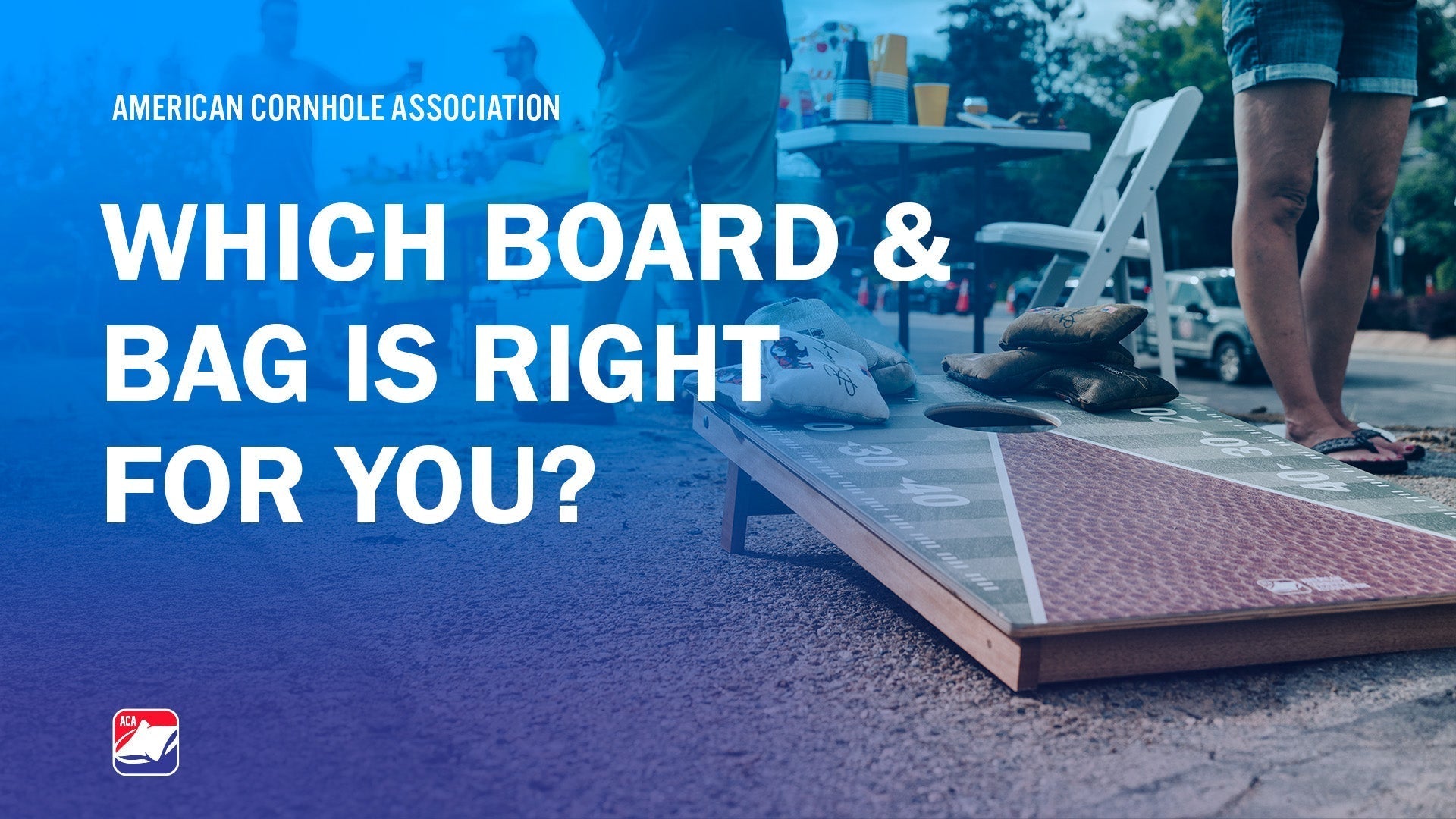🌽 Why Is It Called Cornhole? (The Real Story Behind the Name)
Ever been tossing bags with friends and thought, “Wait… why do we call it cornhole?”
Here’s the quick answer — and a little history that’ll make you sound like the expert at your next backyard game.
Quick Answer
The name “cornhole” comes from the bags once filled with dried corn kernels and the hole in the wooden board players aimed for.
So literally:
➡️ Corn (in the bags) + Hole (in the board) = Cornhole.
Simple. Midwest. Classic.

The Midwest Roots 🌽
The game we now know as cornhole had a resurgence in popularity across the Midwest in the mid-20th century.
Farmers and carpenters built boards from scrap wood, filled bags with corn, and turned it into friendly competition between neighbors. It was cheap, fun, and anyone could play — which is exactly why it spread so fast.
Some even credit a Cincinnati carpenter, Heyliger de Windt, who patented a similar game called Parlor Quoits back in the 1880s. His version? Corn-filled bags tossed into a wooden board with a hole. Sound familiar?
How the Name Stuck
As the game grew, the name cornhole stuck — especially around the Midwest — while other regions came up with their own versions like bags, bean bag toss, or baggo.
But cornhole became the one that stood the test of time. It’s a little quirky, a little funny and that’s part of the charm.
Modern Cornhole: Resin, Rules & Real Competition
These days, cornhole isn’t just a backyard pastime — it’s a national sport with official rules, tournament play, and pro-level gear.
The corn-filled bags of the past have been replaced with resin pellets that don’t mold or break down. Boards are built to the American Cornhole Association regulation standards, and the game has gone from the farmyard to the spotlight.
You’ll find cornhole at tailgates, weddings, block parties, and national tournaments — everywhere Americans get together to have a good time.

Fun Facts
- Cornhole’s roots trace back over 150 years.
- It became wildly popular again in the 1950s–60s Midwest.
- Early bags were literally sewn shut using feed sacks.
- “Cornhole” was officially added to the dictionary in 2011.
In Short: Why It’s Called Cornhole
It’s called cornhole because players used bags filled with corn and tried to sink them in a hole.
That simple.
A game built from the farmyard that’s now part of American culture — whether you’re tailgating before the big game or playing in the backyard with a cold drink in hand.
_______________________
Want to Learn More?
From its humble Midwest beginnings to becoming a nationally recognized sport, cornhole has come a long way. To dive deeper into the game's official history and how it's played today, check out the ACA's About Page and brush up on the Official Rules of Cornhole. Whether you're a backyard beginner or tournament hopeful, it all starts with knowing the game.

